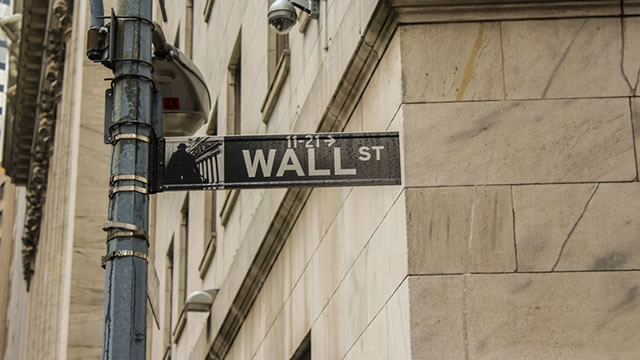The S&P 500: A Pricey Puzzle
Have you ever found yourself scratching your head, wondering if the stock market is really worth the investment these days? Well, buckle up, because the numbers don’t lie: the S&P 500 is currently looking quite expensive by historical standards.
Pricey Multiples
Let’s start with some numbers. The S&P 500’s current price-to-earnings (P/E) ratio is hovering around 22. This is well above the long-term average of 15. And it’s not just the P/E ratio that’s high; the price-to-book (P/B) and price-to-sales (P/S) ratios are also elevated. The S&P 500’s P/B ratio is around 3.3, compared to a long-term average of 2.5. Similarly, the P/S ratio is around 3.2, compared to a long-term average of 1.8.
Dividend Disappointment
But it’s not just the valuation multiples that are causing concern. The dividend yield on the S&P 500 is currently a paltry 1.3%, which is significantly lower than the long-term average of 2%. This means that investors are earning less income from their investments, even as they pay higher prices for those investments.
A Comparison to the Past
So, what does this mean in practical terms? Well, some analysts are drawing comparisons to the late 1990s, when the stock market was also quite expensive. However, there’s a key difference: the growth rates during the late 1990s were much higher than they are today. In fact, according to some estimates, the S&P 500’s earnings growth rate during the late 1990s was around 15%, compared to the projected growth rate of around 5% for the next five years.
What Does This Mean for Me?
If you’re an individual investor, this means that you may want to be more cautious about investing in the stock market right now. With valuations high and growth rates low, it may be a good idea to focus on more defensive sectors, or to consider alternative investments, such as bonds or real estate.
What Does This Mean for the World?
On a larger scale, high stock market valuations can have ripple effects throughout the economy. For example, they can make it more difficult for companies to issue new stock, as they may not be able to justify the high prices. This can limit the ability of companies to raise capital for expansion or other projects. Additionally, high stock market valuations can make it more difficult for pension funds and other institutional investors to meet their funding obligations, as they may not be earning the returns they need to meet their liabilities.
Conclusion
In conclusion, the S&P 500’s current valuation levels are causing concern among many analysts. With high P/E, P/B, and P/S ratios, and a low dividend yield, the market is looking quite expensive by historical standards. And while some are drawing comparisons to the late 1990s, it’s important to remember that growth rates during that time were much higher than they are today. For individual investors, this may mean that it’s a good idea to be more cautious about investing in the stock market right now. And for the world at large, high stock market valuations can have ripple effects throughout the economy, making it more difficult for companies to raise capital and for pension funds to meet their obligations.
- S&P 500 is currently overvalued by historical standards
- High P/E, P/B, and P/S ratios
- Low dividend yield
- Comparable to late 1990s bubble
- Growth rates significantly lower than during the late 1990s
- Individual investors may want to be more cautious about investing in the stock market
- High stock market valuations can have ripple effects throughout the economy





